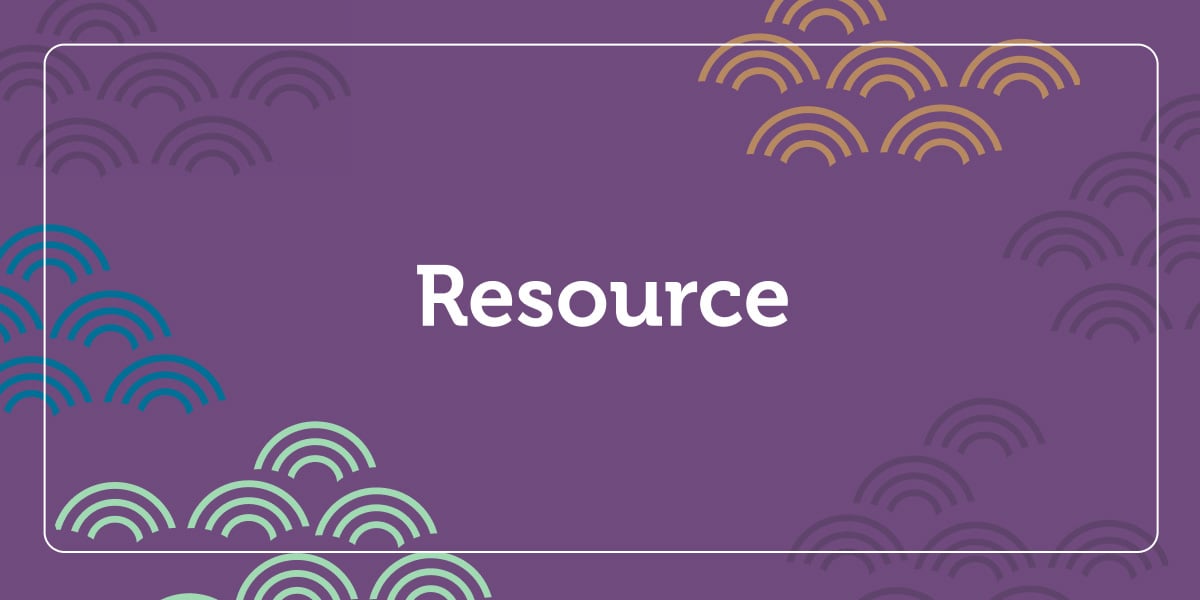Math is Everywhere! Early Math Through Everyday Observation
February 26th, 2018 | 3 min. read

Math is about more than adding and subtracting. It’s about learning to recognize patterns, identify shapes, and understand numbers and how they relate to each other. We use math every day!
Math is about more than adding and subtracting. It’s about learning to recognize patterns, identify shapes, and understand numbers and how they relate to each other. We use math every day! Each day dozens of opportunities to use and sharpen math skills at home or in the classroom, with or without your calculators.
Angela Eckhoff, author of Creative Investigations in Early Math, presents simple tips and activities for exploring the vast possibilities math offers young learners. Here are a few simple activities that encourage children to notice math in their everyday lives and begin exploring on their own!
How Many?
Counting is one of the first math skills we learn in preschool. There are always opportunities to count in the classroom: how many chairs are around the table? How many apples are in the snack bowl? This activity encourages children to count the items they notice in their daily surroundings.
Materials:
What to Do:
- Explain to the children that they will be counting the numbers of specific objects in their classroom or school and will use their math journal to document what they find
- For practice, encourage the children to count the number of windows in their classroom. They can document the number of windows they find by drawing a window or writing the word window in their math journal and writing the corresponding number next to the word or drawing
- You can suggest a few items for the children to count and then let them choose items on their own
- Talk with the children about comparing or looking similarities and differences. Then ask the children to compare some of the items they have counted. Some questions to consider: Do we have more doors or windows in our classroom? What do we have equal numbers of in our classroom? How can you tell they are the same amount?
- Introduce and reinforce the math vocabulary for the children during the game (more, less, fewer, greater, same, and equal)
Guessing Shapes
Shapes are everywhere. All around us are square windows, circular sinks, diamond-shaped traffic signs, and oval rugs. Children can learn a lot about geometry just by looking around their room. This activity allows teachers to use the shapes around their classroom to sharpen geometry skills.
Materials:
- None!
What to Do:
- Start by introducing shapes you have already discussed with the children. Make sure to have some examples like wooden blocks or shapes made out of cardstock. Go over the names and attributes of each shape (corners, sides, etc.)
- Next, walk around the room and point to things that are different shapes. Ask the children to identify the shape of the object you point to
- Model a question or two to get the children started. How many corners does the shape have? Is the shape round? Does the shape have four sides that are all the same? Does the shape have four sides that look different?
- Once they get the hang of it, the child that guesses the shape correctly can point to another shape within the room, and the questioning continues
Comparing Nonstandard Measurements
You can measure height in inches or centimeters, but what about in carrots? This silly activity allows children to measure things with units of measurement that aren’t exactly standard. The fun game will raise curiosity about how we measure things and might even lead them to experiment with measurement on their own!
Materials:
- Variety of nonstandard measurement tools like cubes, colored counters, dominoes, and craft sticks
- Five to seven classroom items of various sizes to be measured
- Math journals
- Pencils
What to Do:
- In advance, place the various-sized classroom items around the classroom so the children will have enough space to work
- In a whole-group setting, introduce the children to the topic of nonstandard measurement by using colored counters to measure the size of their feet. You can ask the following types of questions: “How many counters do you think it will take to measure your feet? If John’s foot is eleven counters long, how many do you think it will take to measure yours? Why?”
- Once the children understand the process of measuring with nonstandard items, group children in pairs. Be sure to give each pair a different measurement tool. Invite the children to circulate around the room and measure the different classroom items you have selected
- Encourage children to use their math journals to document the number of counters (or other tools) they use to measure each item
- Once all the children have completed their work, invite them back to the whole group to share their result. Have a discussion about how many of the different kinds of counters it took to measure each item. Did it take more cubes or craft sticks to measure the book? Why did it take more?